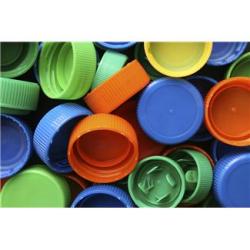Source Institutions
Source Institutions
Add to list Go to activity
Activity link broken? See if it's at the internet archive

In this activity (6th on the page), learners investigate how photoreceptors in the eye (rods and cones) "adapt" to low light conditions. Learners sort similar bottle caps in a well-lit room and then attempt to resort them in the dark. Learners will observe that many make mistakes in sorting in the dark. The lights will remain dim while learners discuss dark adaptations and how animals can see in the dark. After about 7-10 minutes, learners will separate the caps again in the same dim conditions as before and find that learners make fewer errors because the photoreceptors adapted to the low light conditions.
- Under 5 minutes
- 10 to 30 minutes
- free per student
- Ages 8 - 18
- Activity, Demonstration
- English
Quick Guide
Materials List (per student)
- Three sets of bottle caps (or other similar items)
Subjects
-
Life Sciences
-
Diversity of Life
- Animals
-
Evolution
- Mechanisms of Evolution
-
Human Body
- The Brain and Nervous System
-
Human Senses and Perception
- Vision
- Perception
-
Diversity of Life
-
Physical Sciences
-
Vibration and Waves
- Light and Optics
-
Vibration and Waves
-
The Nature of Science
-
The Scientific Process
- Conducting Investigations
-
The Scientific Process
Informal Categories
- Animals
Audience
To use this activity, learners need to:
- see
- touch
Learning styles supported:
- Involves hands-on or lab activities
Other
This resource is part of:
Access Rights:
- Free access
By:
- Chudler, Ph.D., Eric H.
Rights:
- All rights reserved, Eric H. Chudler, 2009
